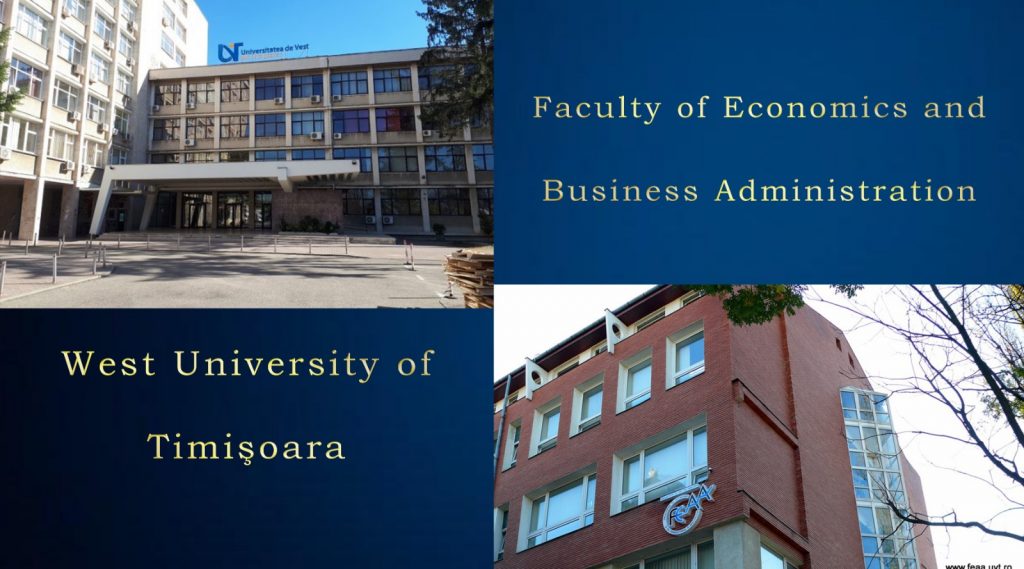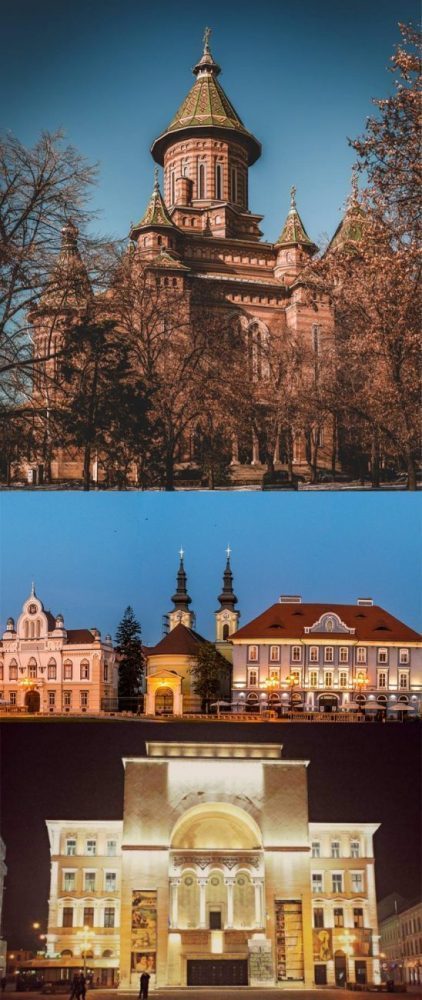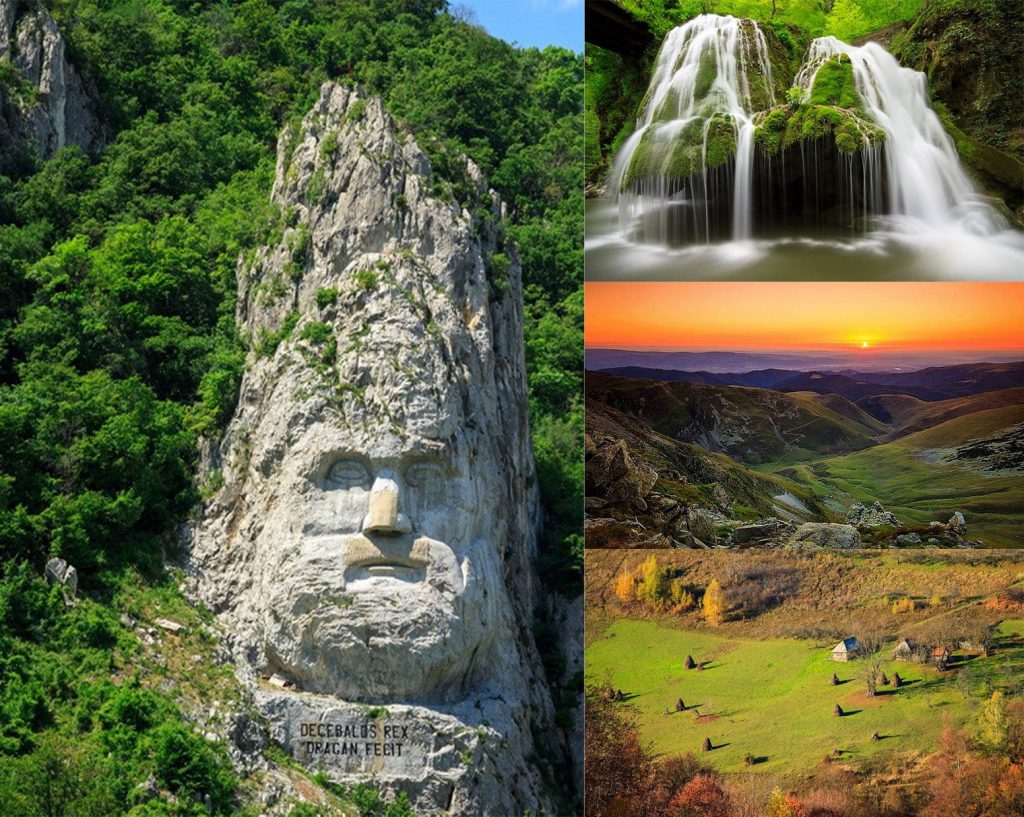FEAA UVT

Timisoara
The city of Timisoara is the third largest city of Romania and is situated in the Western part of the country, in the Banat region. The city is also known as Temesvar in Hungarian, Temisvar in Serbian, Temeschwar or Temeschburg in German.
Timisoara is also called “Little Vienna”, due to its multicultural and multi-ethnic heritage, thus breaking all preconceptions one may have about a Romanian city. The city’s numerous parks, lush green retreats in which one can easily lose track of time admiring the multitude of flower design have led to another surname for Timisoara: “The City of Roses”.
Timisoara was the first city in Europe and second in the world after New York, to use electricity to illuminate its public streets in 1889 and before that, the first European city to introduce horse-drawn trams in 1869. In the 19th century, Timisoara was a pioneer of many other innovations: the first Romanian football match, the first cinematic projection, as well as the first asphalt road in Romania.
Timisoara is the birthplace of many fascinating personalities that influenced the course of history in Romania and abroad, among which Johnny Weissmuller (1904-1984), well known for the role of Tarzan in Hollywood, Stefan Kovacs (1920-1995) football coach for Ajax Amsterdam, or Francesco Illy (1892-1956) the inventor of the first automatic coffee machine and founder of Illycaffè (no wonder Timisoara is still the city of café culture).
The city is easy to explore on foot, there are interesting historical buildings, and attractive spots tourists can see during their visit to Timisoara: the Orthodox Cathedral, the Roman Catholic Church, the Mehala Cathedral, the Timisoara State Theater, the Huniade Castle, the Opera, while Victory Square and Union Square offer many relaxing facilities for the tired visitors who need a break from the sightseeing.
Timisoara is a progressive and vibrant city, with the lowest unemployment rate, which has won the title of European Capital of Culture in 2021 and has already been named by Forbes magazine “The best city to do business in Romania”.

Romania
Romania is an extremely fascinating country, a hidden gem that many people do not know about, or that consider it to be exotic, although it is located in South-eastern Europe. It is the country that inspired two famous novels: “The Castle in the Carpathians” by Jules Verne, and “Dracula” by Bram Stoker.
The name of the country comes from the ancient Latin name Romanus, meaning a “citizen of the Roman Empire”, the Romanian language being 1700 years old. The capital is Bucharest, located in the southern part of the country and comprises many attractions, among which The Palace of the Parliament, the largest and heaviest administrative building in the world and the Arch of Triumph, giving the city the surname of “Little Paris”. The national coin is called Leu which means Lion, nothing to do with the real animal, as there was never a lion or anything related to a lion on the face of the coin.
Romania is a country to be discovered at every corner and every mile, as it is fascinating to the eyes of the traveler. Romania is still the only country left in Europe where the Brown Bear still lives in the wilderness and has the largest virgin forests in Europe, no wonder the movie “Cold Mountain” was filmed here.
In Romania there are seven UNESCO World Heritage Sites, including the eight churches of Northern Moldavia, and the wooden churches of Maramureş and the Sapanta Peri Church, which claims to be the tallest wooden church in the world (78 meters high and a 7-meter high cross) and the Voronet Monastery in Moldavia is named the Romanian Sistine Chapel. The city of Brasov is home to the largest Gothic church between Vienna, Austria and Istanbul, Turkey. The medieval fortress of Sighisoara is located near Brasov and it is the only one in South-Eastern Europe that is still inhabited.
Peles Castle, the former summer residence for the Romanian Royal Family, is nowadays a unique museum and partly living palace, as it was the first European castle entirely lit by the electrical current produced by the castle’s own plant. The castle’s central heating system, built in 1888, is still functional and in use at present.
In the South-Eastern part of the country one can swim in the Black Sea or travel in the Danube to observe the fascinating fauna, while on the opposite you find the vibrant city of Constanta, which has been associated with the legend of Jason and the Argonauts, who embarked on a long voyage from Greece to Kolchis, Georgia on the Black Sea coast in search of the Golden Fleece.
Romania has a lot to offer, so enjoy to visit it!


